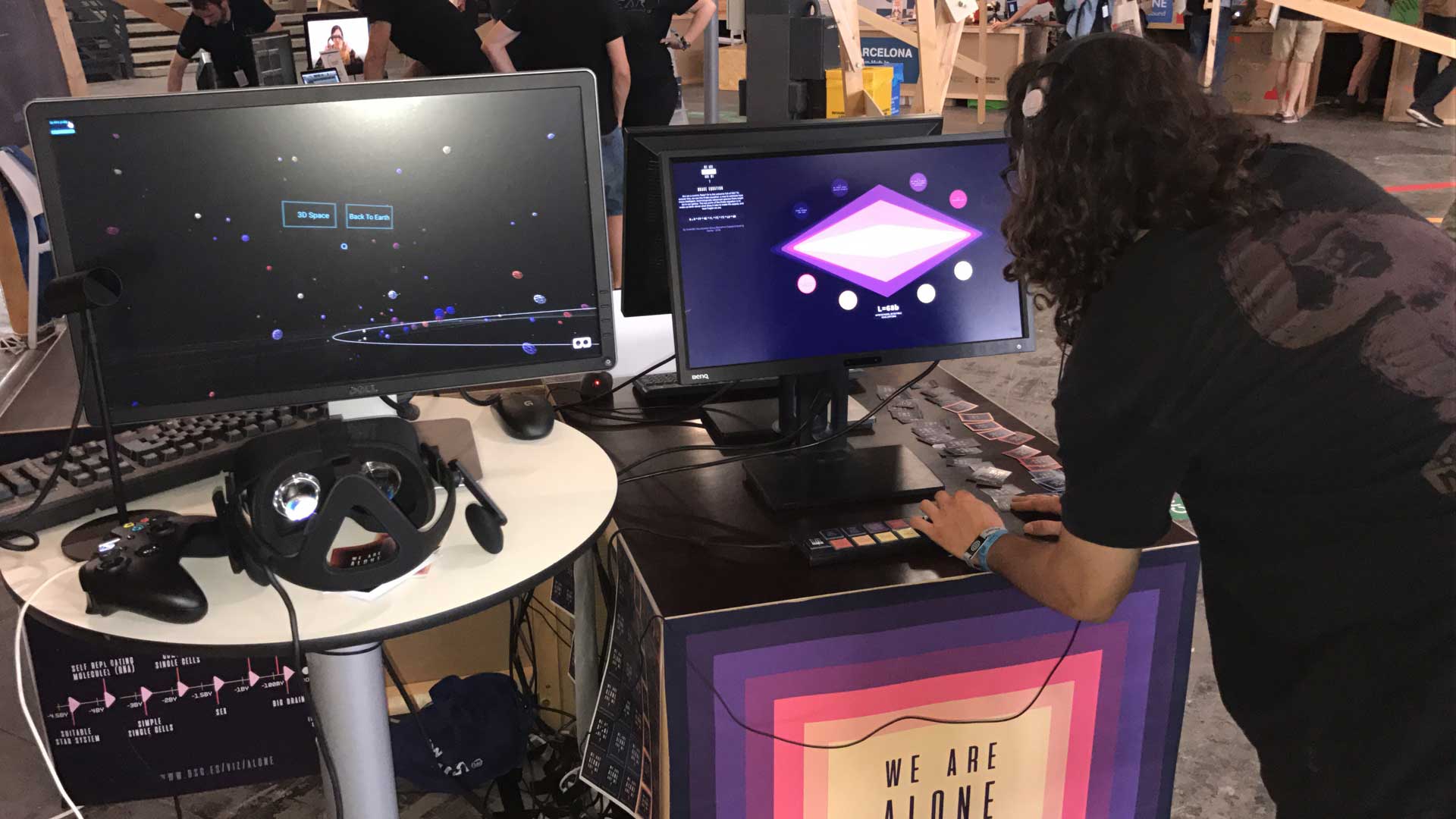
Artificial Intelligence Exhibition at CCCB
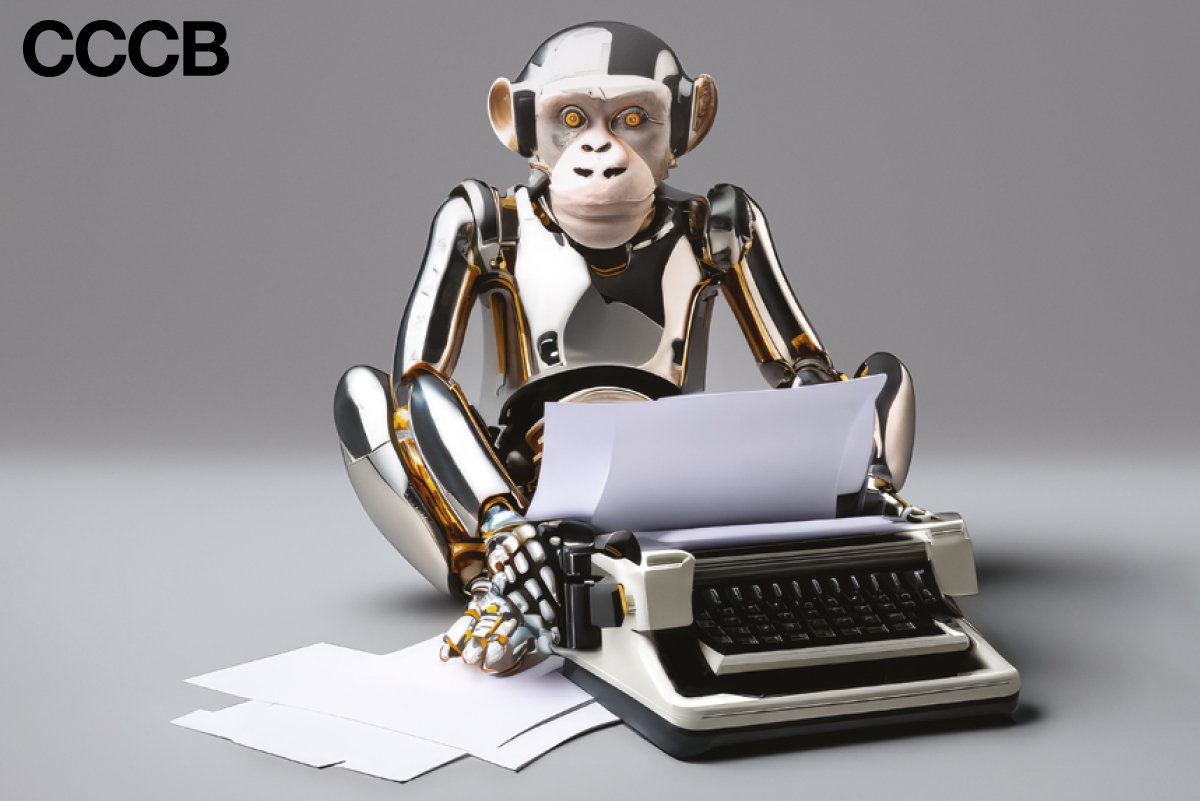
Throughout history, humans have cherished the dream of creating life in their own image and likeness, endowing it with extraordinary powers. This longing has found expression in various forms across eras and cultures. From magic to science, from religion to fiction, we have sought to breathe life into beings that existed only in our thoughts and dreams.
In this journey of creation and exploration, we have delved deeply into our place in the surrounding world. At times, we have felt like gods, capable of shaping reality as we see fit. Other times, we have experienced a profound fear of a world we cannot fully control, a world where our own artificial "gods" can challenge us.
The religious traditions of Judaism and Shintoism have reminded us that creation and life are intertwined in a divine mystery. The sciences of Arabic alchemy and early mathematics have shown us that the exploration of the unknown can lead to astonishing achievements. And Gothic philosophies have reminded us that darkness and light coexist in our quest for truth.
Today, we are still influenced by these ancient traditions in our perception of current technology. In a world where artificial intelligence and biotechnology advance at a dizzying pace, we must remember that creation remains an act of responsibility and reflection. We have the power to give life to the lifeless, but also the responsibility to ensure that our actions are guided by wisdom and understanding.
The Barcelona Supercomputing Center (BSC) and the Centre de Cultura Contemporània de Barcelona (CCCB) jointly organize the exhibition "AI: Artificial Intelligence," which delves into a journey that addresses the earliest dreams of artificial intelligence, analyzing how the development of AI has been influenced by many different factors, including anthropological aspects of ancient civilizations and humanity's drive for scientific experimentation.
Under the scientific guidance of BSC researcher Jordi Torres, the exhibition explores how AI surrounds us, shaping our lives in both the public and private spheres, through the media and the products we purchase. While we may be aware of some manifestations of AI, others are out of our sight, entwined in such complex global systems that they are impossible to fully comprehend. This increasing proximity to AI raises ethical questions.
Finally, the exhibition opens a door to research and the cross-disciplinary applications of artificial intelligence, as well as its fusion with other scientific and artistic disciplines. In this regard, the exhibition presents new commissions and projects by international artists, scientists, and researchers, including a diverse representation from BSC.
- Read BSC news here.
.jpg)
BSC collaborates with Fundación Telefónica in an exhibition on the importance of algorithms today
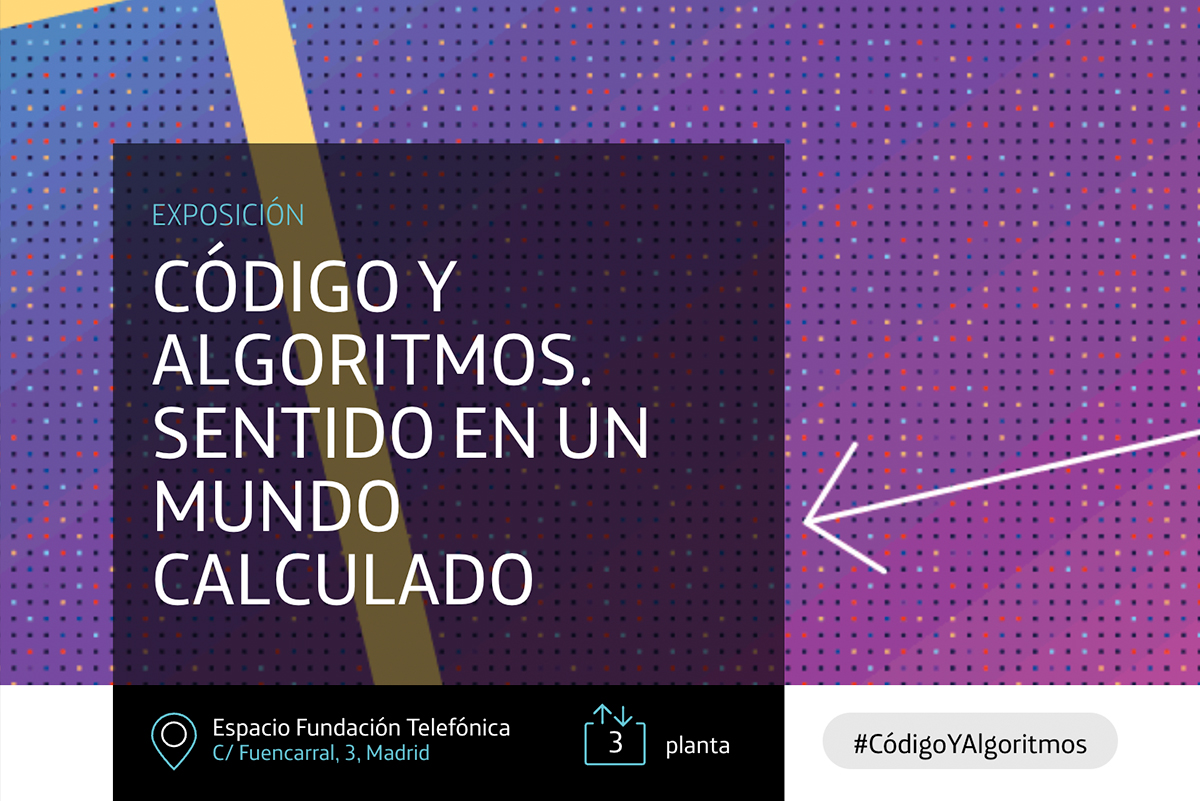
BSC participated in the exhibition ‘Código y algoritmos. Sentido en un mundo calculado’, at the Espacio Fundación Telefónica, in Madrid. In an increasingly parameterized world, where algorithms make decisions in countless aspects of our lives such as work, leisure or health, the exhibition sought to make this phenomenon and its implications understandable, generating questions and knowledge that invite reflection and debate.
An audiovisual piece produced by the BSC in collaboration with Fundación Telefónica illustrated how the processing of huge amounts of data is accelerating scientific research. With a capacity to perform 13 thousand trillion operations per second, the MareNostrum 4 supercomputer is the axis around which the research corpus of more than 600 scientists revolves, whose objective is to facilitate progress in various fields, with special emphasis on Computer, Life, Earth and Engineering Sciences.
Under the artistic direction of Cynthia González, the piece presented different BSC research projects on:
- Air Quality: with the participation of Sara Basart, Marta Terrado and Oriol Jorba, members of the Atmospheric Composition and Computational Earth Sciences team at BSC-CNS. The visualizations have been extracted from the MONARCH air quality model.
- Automatic translation of sign language: with the participation of Laia Tarrés, Amanda Duarte, Gerard I. Gállego, Xavier Giró-i-Nieto and Jordi Torres.
- Digital twins, proteins, personalized medicine and human genome: with visualizations taken from the video 'The Human Digital Twin', produced by the BSC.
The exhibition has been on display at the iMAL Art Center for Digital Cultures & Technology in Brussels, on the occasion of the Spanish Presidency of the EU and with the support of the Spanish Embassy in Belgium. More information here.
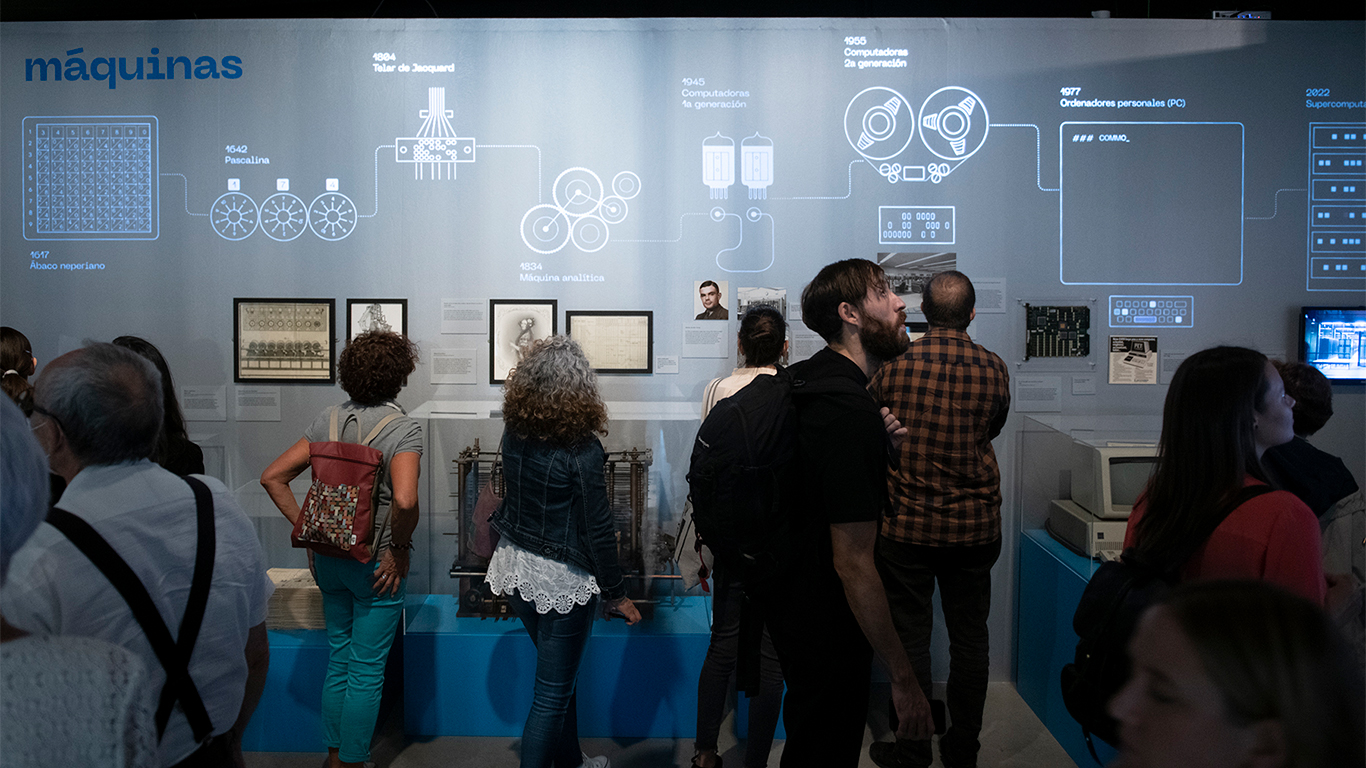
Sónar+D
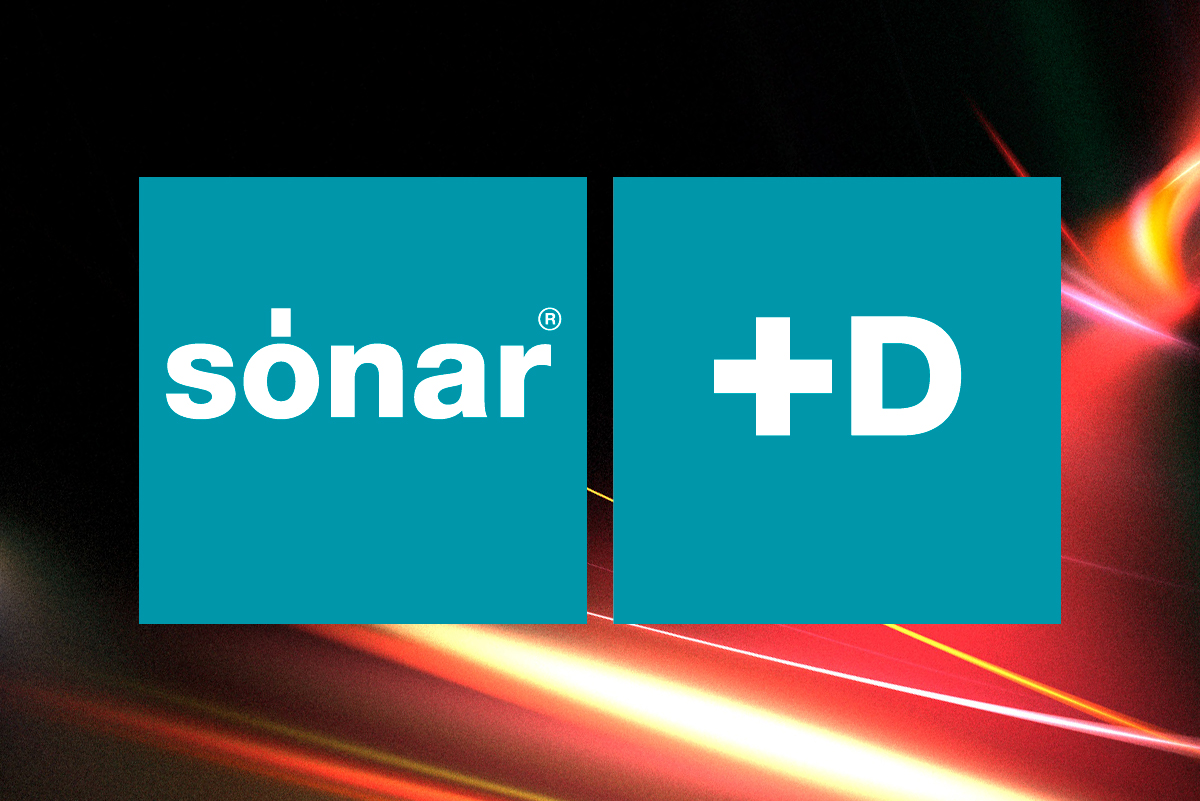
BSC has collaborated with Sonar+D Festival since its inception, with plenty of arts+science, stress, experiments, discoveries, and more. Why does a research institution like BSC do this?
We play with tech we want to learn or expand,
We disseminate the science done at the center,
We use the festival for experiments--a lab for things we cannot do elsewhere,
We have fun with the whole group working all together on cool projects with cool people!
We have presented projects in the stands, in talks, and even on the stages, as well as analyzing the logistics, the music, and the audiences.
It is a strong collaboration with the people at Sonar+D, who support our science-crazy ideas and work with us and help us carry them out successfully. While mostly the data analytics and visualization group has participated in the projects, it goes without saying that also received plenty of support from different BSC teams. In our long collaboration we have done projects around the themes of:
- Music and text generation with artificial intelligence,
- Music analysis (lyrics, genres, the industry),
- Physical and digital tracking of people,
- Liveability of the city,
- Gender and violence in social media,
- NFTs,
- The search for alien life,
while exploring technologies like AI, data visualization and sonification, novel touch interfaces, virtual reality, chatbots, interactive apps, and a hologram. We've made some impact in the city with this great ride, and we hope for a lot more!
Further information here: https://bsc.es/viz/team/sites/projects.html
